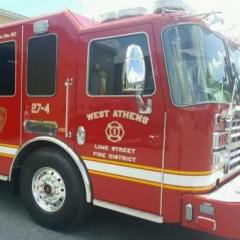
(Delivered) Esopus Fire District
Started by
suffernH&Lbuff,
-
Recently Browsing 0 members
No registered users viewing this page.

Started by
suffernH&Lbuff,
No registered users viewing this page.